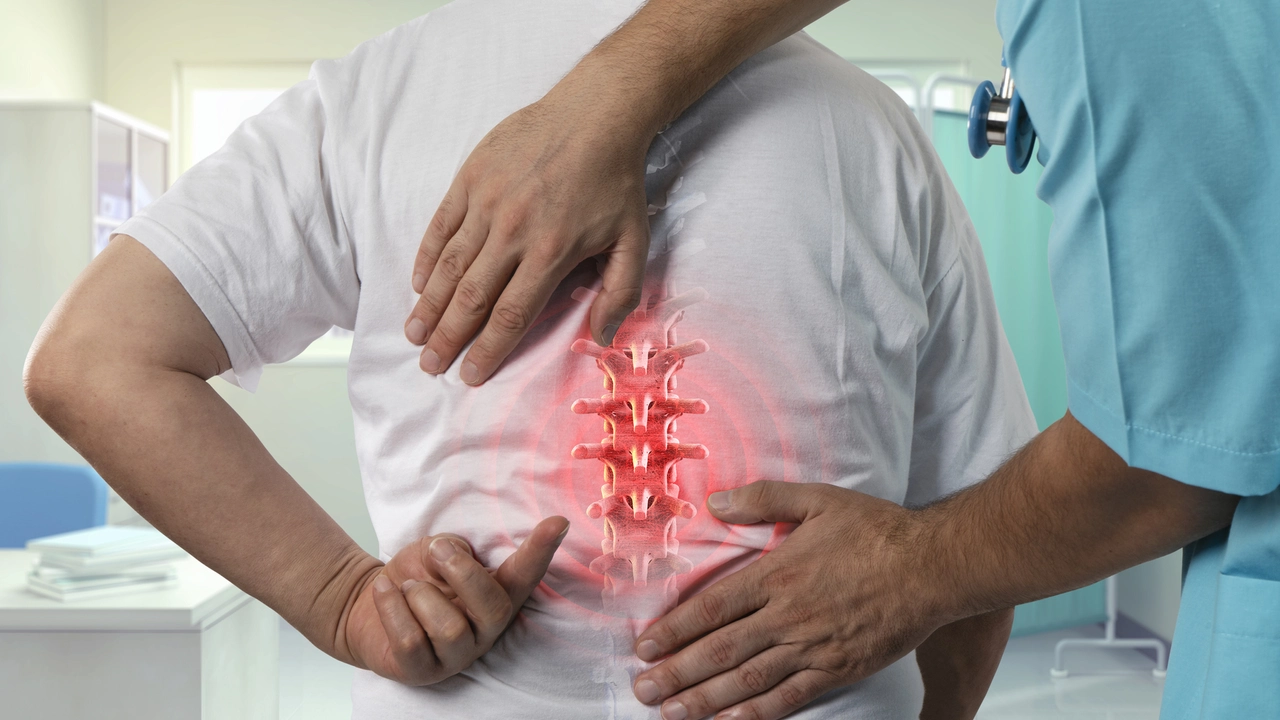-
23
- 0

The Role of Inversion Therapy in Treating Backache
Turning Up Right Down: Let's Understand Inversion Therapy
Now, let's dive into a little bit of brain gymnastics, shall we? Inversion therapy, as paradoxical as it may sound, employs the force of gravity (usually something most of us would rather defy as we age) to alleviate annoying, persistent, and sometimes debilitating backaches. Fascinating, isn't it? How often do you hear someone recommending you to hang upside down like a bat to treat that gnawing backache? Yep, not very common advice, I am aware.
So, here's the science of it. It's all about realigning the spine and using gravity to your advantage. When you're inverted, essentially upside down, the space between your vertebrae increases. This is fantastic news for those compressed, sad little spinal disks that have been moaning and groaning under the weight of your upper body. More space means less pressure, and less pressure equals less pain. Hurray!
Breaking Down the Benefits: The Wonders Inversion Therapy Can Do
Getting into the heart of it, let's talk about the benefits of inversion therapy, which provide solace to an aching back. Inversion tables, inversion chairs, gravity boots, you name it, they all share one thing - they help align the vertebrae, reducing nerve pressure, and hence allow fresh nutrients to flood in and heal damaged disks. It's like being on a spa day but like...upside down.
It's not just about pain relief, either. Regularly using an inversion table can improve your general posture and flexibility, particularly in your spine. Plus, your little organs get a bit of a shake-up, as the process also aids in stimulating blood circulation and lymph flow. An unexpected added perk, if you ask me!
Before You Leap: Things to Consider Before Trying Inversion Therapy
Hold your horses, though. Before you rush off to order an inversion table from the next flashy fitness advertisement, there are a few things to consider. Like most treatments, inversion therapy isn't a magic wand, and it's important to realize it may not work for everyone. This isn't a Marvel comic, folks!
Also, remember that for some people, spending too much time with the head lower than the heart can cause health issues. We're talking the likes of high blood pressure, heart disease, or glaucoma. So, medical advice before lifting your feet above your head is absolutely, positively necessary. Alright? Promise?
Doing It Right: Tips and Tricks to Effectively Use Inversion Equipment
Now, assuming you've been smart and done your homework, checked with a physician, and you're all set with your shiny new inversion equipment, let's run through some of my all-important, never-to-be-skipped tips. Do I have your full attention? Let's roll.
Always start with a low angle of inversion—15 degrees is a good start. Trust me, you don't need to go full vampire to feel the benefits. Plus, you don't want to shock your body, right?
Use it only for as long as it feels comfortable. Five minutes a day may be more than enough initially. Remember, this isn't a competition, and showing off, thinking you're the next Peter Parker, is not recommended. Ha-ha! Gradually, you may work your way up to 15 minutes once or twice a day, if it suits you.
Never move too quickly out of the inverted stance. Breathe deeply and rise slowly. Nobody likes the Room Spins, and we're not aiming for a home version of the Teacups Ride.
My personal story with inversion therapy? I once tried a gravity inversion boot camp and let's just say, my little escapade involved a surprisingly non-graceful dismount much to everyone's amusement, and a wee bit of dizziness that lasted longer than I'd wish to admit. So remember, always safety first and listen to your body - whether right-side up or upside down!
Write a comment
Tags Weight
- Acetaminophen
- burn pain management
- analgesics
- pain relief
- Inversion Therapy
- Treating Backache
- Chronic Back Pain
- Alternative Therapies
- Cyclobenzaprine HCL
- muscle pain relief
- safe usage
- medication guide
- Blue-green algae supplements
- weight loss journey
- health benefits
- sustained energy
- Taumelloolch
- dietary supplement
- science
- effectiveness
Written by Mallory Blackburn
View all posts by: Mallory Blackburn